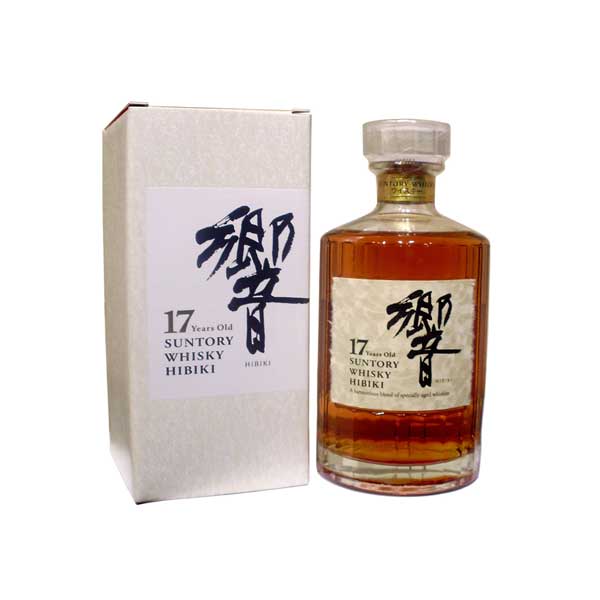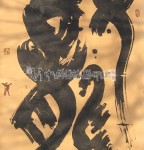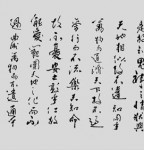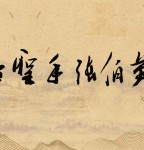| Article Index |
|---|
| Calligraphy in China Japan and Korea |
| Calligraphy Evaluation and appreciation |
| All Pages |
Calligraphy Evaluation and appreciation
What is considered good calligraphy often varies depending on individual preferences. However, there are established traditional rules which cannot be violated. Violation of these rules will render a calligraphic work unable to be considered good calligraphy. Those who repeatedly violate these rules are not considered legitimate calligraphers.
Among these rules are:
The characters must be written correctly. A correctly written character is composed in a way that is accepted as correct by legitimate calligraphers. Calligraphic works often use variant Chinese characters, which are deemed correct or incorrect on a case-by-case basis, but in general, more popular variants are more likely to be correct. Correct characters are written in the traditional stroke order and not a modern standard (See Stroke Order per Polity).
The characters must be legible. As calligraphy is the method of writing well, a calligraphic work must be recognizable as script, and furthermore be easily legible to those familiar with the script style, although it may be illegible to those unfamiliar with the script style. For example, many people cannot read cursive, but a calligraphic work in cursive can still be considered good if those familiar with cursive can read it.
The characters must be concise. This is in contrast to Western calligraphy where flourishes are acceptable and often desirable. Good Chinese calligraphy must be unadorned script. It must also be in black ink unless there is a reason to write in other ink.
The characters must fit their context. All reputable calligraphers in China were well educated and well read. In addition to calligraphy, they were skilled in other areas, most likely painting, poetry, music, opera, martial arts, and chess. Therefore, their abundant education contributed to their calligraphy. A calligrapher practicing another calligrapher's characters would always know what the text means, when it was created, and in what circumstances. When they write, their characters' shape and weight agrees with the rhythm of the phrases, especially in less constrained styles such as semi-cursive and cursive. One who does not know the meaning of the characters they write, but vary their shape and weight on a whim, does not produce good calligraphy.
The characters must be aesthetically pleasing. Generally, characters that are written correctly, legibly, concisely, and in the correct context are also aesthetically pleasing to some degree. Characters that violate the above rules are often less aesthetically pleasing.
Japanese and Korean calligraphy
East Asian Calligraphy usually refers to Chinese character calligraphy. Japanese and Korean people developed specific sensibilities and styles of calligraphies, as well as applying to specific scripts.
Japanese calligraphy extends beyond Chinese (Han) characters to also include local scripts such as hiragana and katakana.
In the case of Korean calligraphy, the Hangeul and the existence of the circle required the creation of a new technique.
The existence of temporary calligraphy is also to be noted. This is the practice of water-only calligraphy on the floor which dries out within minutes. This practice is especially appreciated by the new generation of retired Chinese in public parks of China.
In the earlier time of Korean, only emperors & Nobles could learn & read Chinese character & learn Chinese calligraphy, they were using Chinese Character for their official script up until the 19th century.
| < Prev | Next > |
|---|
- 2011-06-29 - The New York Times: The Chinese Language, Ever Evolving
- 2011-06-28 - Masters Of Modern Chinese Painting Exhibition in Venice Roma, Italy
- 2011-06-28 - 深圳书法家王乃栋谈创作 - 中国书法的价值在美丑不在新旧
- 2011-05-22 - 中国古典诗词在西方世界的传播及其影响
- 2011-05-11 - 2011 6th Affordable Art Beijing Festival
- 2011-05-06 - The New York Times: Where the East Parts From the West
- 2011-05-01 - 2011 UN celebrates Chinese Language Day with Chinese Calligraphy exhibitions in New York
- 2011-04-09 - Anniversary of Seal Script Character “水” in Zhongtiao Mountain by Chinese Calligrapher Ding Shimei
- 2010-12-03 - Chinese Calligraphy and It's Expression
- 2010-11-06 - 羲之真迹难觅,诸皇尊王,高古摹本亦珍, 一字千金















